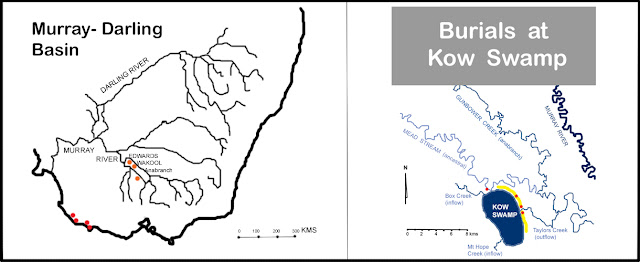Constructing Hierarchy

The eel fishery at Lake Condah is a well known site in Aboriginal archaeology, attracting respect and controversy in equal measure. Located on the Tyrendarra Lava Flow, it is an extensive system of water channels constructed in hard volcanic rock. A map drawn up by a colonial surveyor called Ingram shows a part of the scheme as at 1883. It identifies a dam at the Lake Condah outlet and gives it two labels: "Overflow dam Darlot Creek during winter" and "Wooden barrier or fishery". This neatly states the structure's dual purpose. It was built to control the flow of water and direct the movement of eels. The fishery is a complex network of inlet and outlet channels linking swamps and streams to create a flow between them. These man-made connections allow elvers (young eels) from the Pacific Ocean to migrate up the waterways into 'new' marshes and wetlands, where they 'fatten' for 15 to 20 years. The erection of stone and wooden weirs in the same cha

